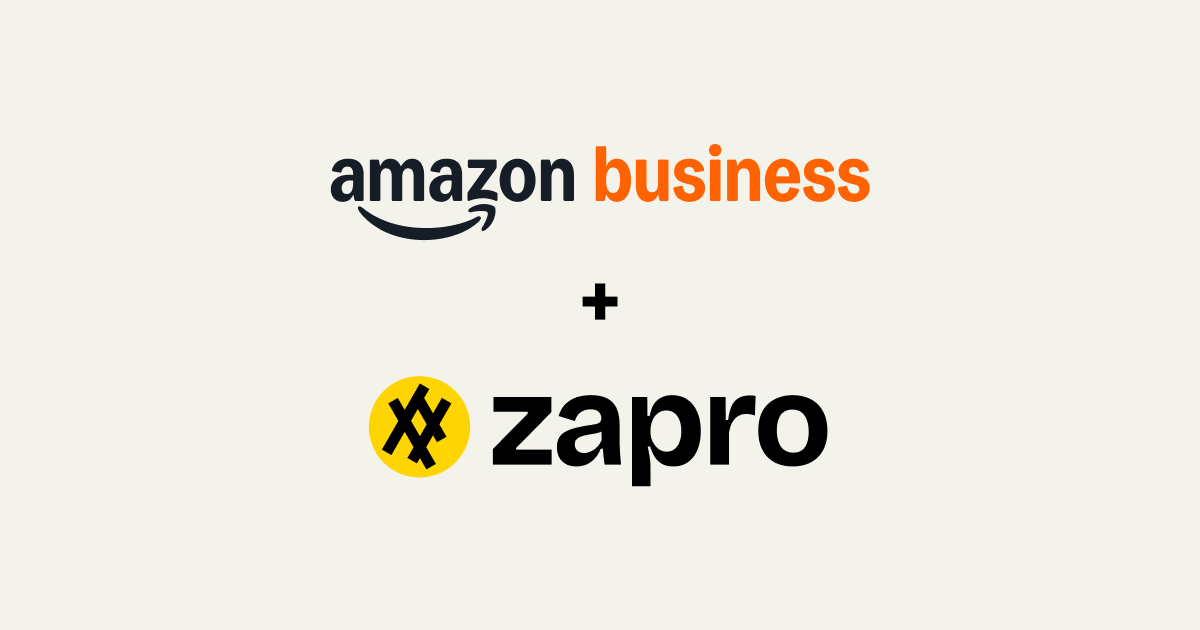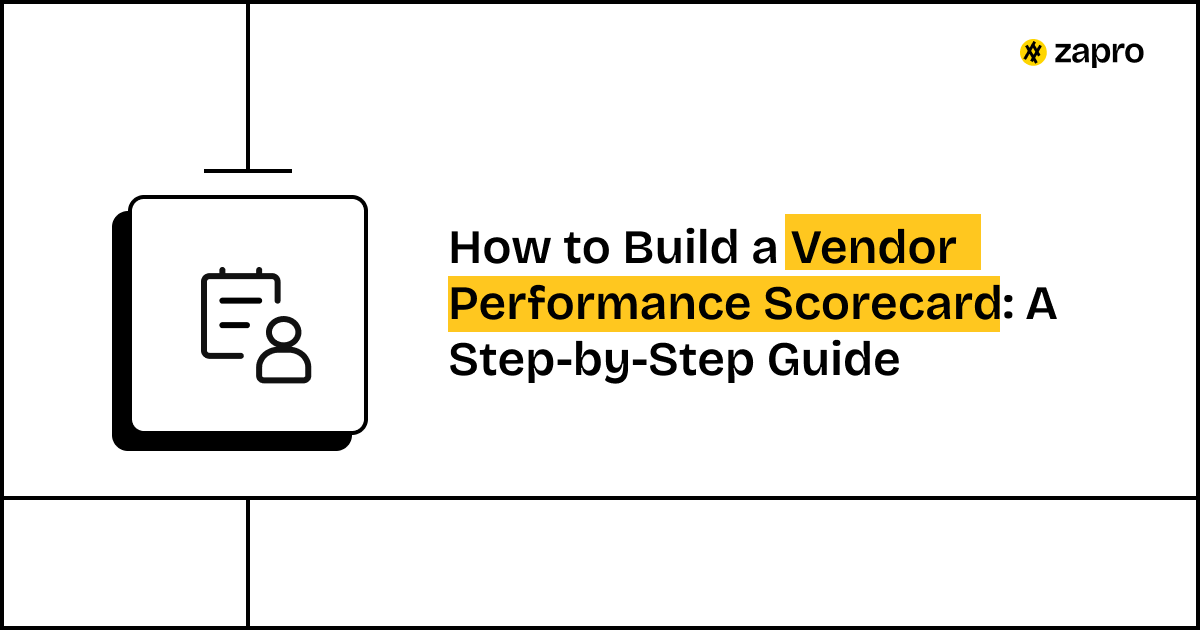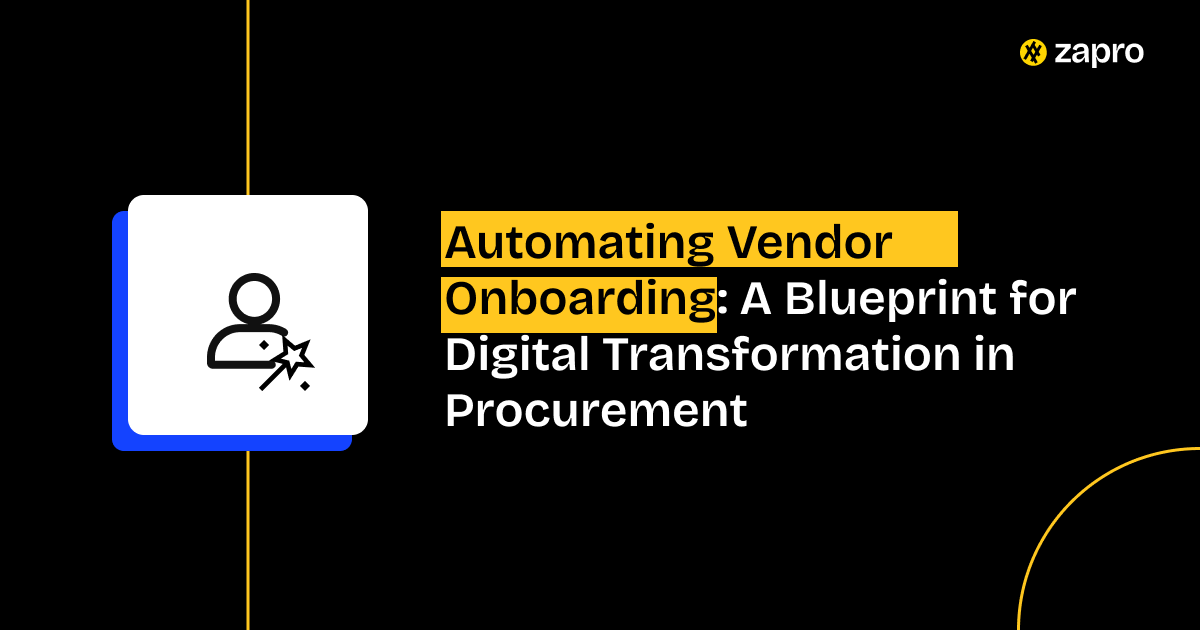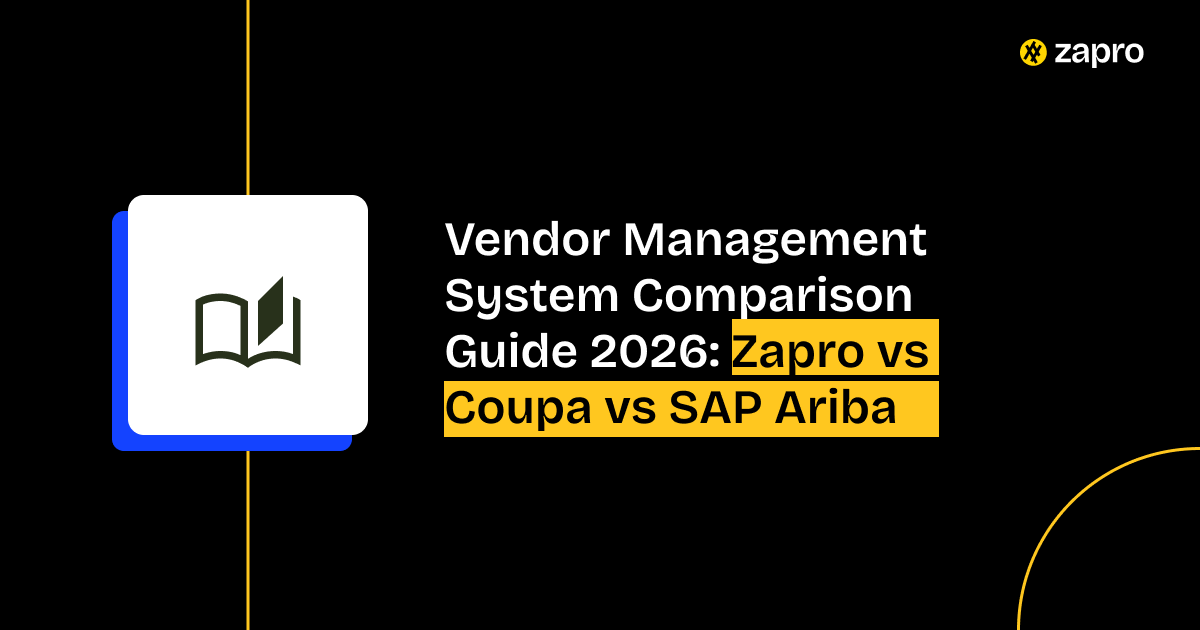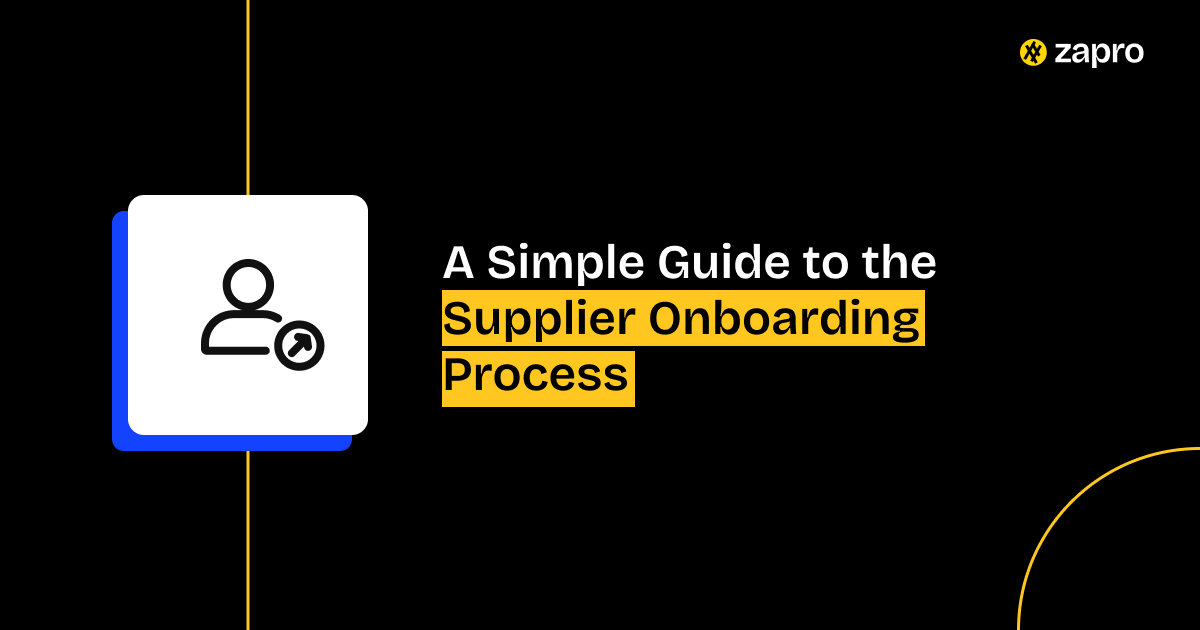Many businesses believe that vendor management is an easy task and focus less; however, the truth is, it is more than just maintaining good relationships and handshakes. In order to evaluate supplier performance, procurement teams need structured and data driven tools to compete in today’s fast-growing environment. Nevertheless, a vendor performance scorecard is one of the most effective ways to achieve that.
In this insightful article, we walk you through every step of building a vendor performance scorecard from defining goals and KPIs to creating a supplier evaluation matrix, establishing a vendor rating system, and designing a practical scorecard template. It doesn’t matter whether you manage strategic suppliers or a large network of vendors, here is the framework that will help you evaluate performance consistently and drive continuous improvement.
Introduction: Why a Vendor Performance Scorecard is Essential
In order to gauge and improve the quality and quantity of measuring supplier performance, using predefined metrics is essential, this can be achieved through the vendor performance scorecard. Using this, procurement teams and other decision-making people in an organization can compare and contrast vendors objectively, track performance trends over time, and identify areas that need attention.
Vendor Performance Scorecard is more than a reporting document; it is the foundation for vendor performance management. When rightly understood, implemented, and used; it helps contract decision-making, negotiations, and supplier development initiatives.
If there is no structured scorecard, then the procurement software teams in an organization often face roadblocks such as inconsistent evaluations, unclear feedback, and wasted time during reviews.
Beyond Gut Feelings: The Need for Objective Evaluation
Many organizations bet on gut feelings, past experiences, word-of-mouth reputations to evaluate the suppliers. While some of it can turn useful, in-reality decisions made using such hear and say can introduce bias. For example, a supplier appreciated by one organization for timely deliveries can be negatively marked for delayed responses and communication even if overall performance remains consistent.
With a vendor performance scorecard guesswork can be replaced with evidence. It is good to rely on measurable data through a supplier evaluation matrix. This helps to assess quality, delivery, cost, and service metrics before a final decision can be made. By doing so, organizations can expect fair, transparent, and actionable feedback.
Learn about vendor performance management tools

Enterprise spend on SRPM products grew by 15% in the past year, and the best products are either specialist third-party risk management solutions or modules within a wider supplier value management suite.
– Forrester Research, The Forrester Wave for Supplier Risk and Performance Management Platforms.
Steps Of Vendor Performance Scorecard
Step 1: Define Your Strategic Objectives and Vendor Categories
Be clear of your objectives before you sit down to design a scorecard. Ensure that the scorecard adheres to your organization’s strategic objectives and the role each supplier will have to play in achieving them.
Aligning Scorecard Goals with Business Priorities
The best way to get started is by asking yourself, what goes first and what needs to be achieved with the supplier network. Say for example, do you want to:
- Improve product quality?
- Reduce costs and enhance competitiveness?
- Strengthen supplier innovation?
- Ensure on time and reliable deliveries?
The perfect vendor performance scorecard can be designed using these questions and answers. For example, tailor the weights to your company’s reality when setting up the parameters. If you’re chasing rapid growth and need to differentiate your products, you’ll put incredible weight on innovation metrics. However, if you operate in a cost sensitive industry, then pricing competitiveness will take priority and be weighted much more heavily overall.
Differentiating Scorecards for Critical vs. Commodity Vendors
Treat all vendors equally but when it comes to critical vendors who drive strategic materials, technologies, or services, run a detailed evaluation. On the contrary, commodity vendors supplying standard items can be shortlisted using a lighter review scale.
Therefore, the scorecards for vendors will vary based on their contribution. Designing scorecards for different vendor categories ensures fair comparison. This also ensures overcomplication of vendor evaluations. For example:
- Critical vendors: Include quality, innovation, and strategic contribution metrics.
- Commodity vendors: Focus on delivery, cost, and compliance performance.
This differentiation helps procurement teams focus their time and resources where they matter most.
Step 2: Identify Key Performance Indicators (KPIs)
KPIs play predominant roles while determining vendor success in your business. Therefore, choosing the right KPIs is the key to an effective vendor performance scorecard. Choose based on your strategic objectives and offer a balanced view across quality, delivery, cost, service, and innovation.
Quality Metrics (e.g., defect rates, compliance)
Quality is directly proportional to vendor reliability. Measure metrics such as:
- Product defect rate (% of units rejected or returned)
- Compliance with specifications and standards regulation
- Quality certifications or audits passed
- Number of quality complaints or incidents
These data points must regularly be tracked as it helps identify vendors who maintain high quality standards and those who require feedback and other inputs for improvement.
Delivery Metrics (e.g., on time delivery, lead time accuracy)
On time deliveries help are the backbone for running your supply chain smoothly. Common delivery KPIs include:
- On time delivery percentage
- Lead time accuracy (variance between planned and actual delivery dates)
- Order fill rate (percentage of complete orders delivered)
- Frequency of delivery delays or partial shipments
When evaluating suppliers, consider both the consistency and reliability of deliveries.
Cost Metrics (e.g., pricing competitiveness, cost reduction initiatives)
Cost performance goes beyond comparing prices. It also includes how well suppliers support your organization’s cost management goals. Examples:
- Unit price competitiveness compared to market averages
- Year over year cost reduction contributions
- Transparency in cost breakdowns
- Value added initiatives that reduce total cost of ownership
Tracking cost KPIs helps shortlist the suppliers who provide you with low prices and sustainable value.
Service & Relationship Metrics (e.g., responsiveness, communication)
Identifying good suppliers who step beyond mere order taking. They add value to your business. Find out how well they communicate and support your needs:
- Responsiveness to inquiries and issues
- Accuracy and timeliness of documentation
- Collaboration in resolving problems
- Willingness to adapt to changes or emergencies
A good partnership guarantees smoother operations and fewer disruptions because it is powered by perfect service and strong relationships.
Innovation & Strategic Contribution Metrics
Performing suppliers follow a unique approach in everything and they are innovative too. Ensure your business appreciates this and to boost continuous improvement, include metrics like:
- New product or process suggestions
- Joint development initiatives
- Technology advancements introduced
- Strategic alignment with your innovation roadmap
Long term business growth and stability is powered by innovation; therefore don’t forget to measure innovation.
Step 3: Weighting Your KPIs: Reflecting Strategic Importance
Every business values the performance category differently. So, assign weights to each KPI.
Developing a Weighted Scoring Model
A weighted scoring model makes sure that critical KPIs put a larger influence on the overall vendor rating. For example:
| KPI Category | Weight | Example Metric |
| Quality | 40% | Defect rate, compliance |
| Delivery | 30% | On time delivery |
| Cost | 20% | Pricing competitiveness |
| Service | 10% | Responsiveness |
The measuring weights should vary based on the industry and strategic priorities. The aim is to highlight what matters most to your organization through supplier evaluation matrix.
Automate Your Vendor Scorecards with Zapro

Step 4: Establish a Rating Scale and Thresholds
Now that the KPIs and weights are clearly set, it is the stage to create a vendor rating system to assess performance. This is an on-going process.
Defining ‘Excellent’, ‘Good’, ‘Needs Improvement’, ‘Unacceptable’
Define thresholds for each performance level. For example:
| Rating | Score Range | Definition |
| Excellent | 90–100% | Exceeds expectations consistently |
| Good | 75–89% | Meets all key requirements |
| Needs Improvement | 60–74% | Below target, corrective action needed |
| Unacceptable | Below 60% | Fails to meet minimum standards |
In order to
Standardizing performance levels helps compare suppliers fairly and communicate expectations clearly. This transparency also builds trust and accountability.
Step 5: Design Your Scorecard Template
In step 5, develop everything into an easy to use scorecard template.
Essential Elements of an Effective Scorecard
The perfect vendor performance scorecard has:
- Vendor name, category, and contact information
- KPI categories and weights
- Scores for each KPI and calculated weighted total
- Performance classification (e.g., Preferred, Approved, Probationary)
- Comments or improvement actions
- Review date and responsible evaluator
A color-coding system in place should explain details in a jiffy. Easy when followed the universal code-rule, green for excellent, yellow for fair, red for poor. Also, present this information in table format or dashboard layout.
By doing so, the scorecard is easy to update, requires less time, and remains functional. Excel is the most preferred way to disclose such information, but when the numbers boom, it is hard to maintain. With Zapro.ai automation tools these hassles can be overcome, talk to our experts for more details on how to take it forward and a demo.
Step 6: Implement, Communicate, and Iterate
The three elements of a great scorecard are implement, communicate, and iterate. If these elements are not used effectively the scorecard will lose its value.
Integrating the Scorecard into Vendor Reviews
The best way to run a supplier performance review is by making the scorecard a regular fragment of your review system. The evaluations need to happen periodically and should incline to vendor importance. The usage should cover essential information such as results, recognize achievements, and address areas for improvement.
For example, it is easy to highlight a dropping vendor’s delivery score by projecting with data gathered using the scorecard. It can easily pinpoint the lying issues from production delays, or transport issues, or inaccurate forecasts and agree on corrective actions.
Gaining Vendor Buy in and Feedback
Share the evaluation criteria and process with your vendors before you start using the scorecard. This builds trust and ensures suppliers know what’s expected.
Encourage feedback during review meetings. Vendors often have insights into metrics that can help you improve your evaluation process or address system level issues in your supply chain.
Continuous Improvement of the Scorecard Itself
The business environment changes, and subsequently, so do priorities. Review and update your scorecard annually to ensure KPIs remain relevant. If you adopt new technologies or enter new markets, update the weighting and metrics accordingly.
Continuous improvement of the scorecard itself ensures it remains an effective decision-making tool, not just an administrative task.
Learn about vendor management tools.
Leveraging Zapro.ai for Automated Scorecard Management
It is impossible to build and maintain vendor performance scorecards because it is a tedious task and error is inevitable. With Zapro’s platform this feat can be achieved flawlessly. Zapro.ai enables procurement teams to:
- Create customized vendor performance scorecards tailored to each supplier category.
- Automate KPI tracking using real time data from integrated systems.
- Apply weighted scoring models automatically to calculate accurate ratings.
- Generate visual dashboards for quick performance analysis.
- Share reports with vendors securely and transparently for better collaboration.
Automation helps repetitive tasks to be handled simple and easy. This also helps in reducing human error and making supplier performance reviews faster and more accurate.
Zapro.ai turns the vendor rating system into a continuous, data driven process that supports informed decisions and stronger supplier relationships.
Conclusion: Driving Supplier Excellence Through Structured Evaluation
A vendor performance scorecard main purpose is to convert a tedious tracking job to be automated and measurable. It provides valuable information when the KPIs are rightly defined. Practically, this is achieved by applying a fair weighting system, and using consistent rating scales, procurement professionals can evaluate performance objectively and fairly.
On the whole, this leads to supplier accountability, stronger relationships, and better alignment with business goals.
Implement Zapro’s compelling platform to take your supplier evaluation matrix to the next level making vendor management faster, smarter, and more transparent.
In a world where everything is handled by best-in-class technology, a structured evaluation isn’t just a best practice, it’s a necessity for driving supplier excellence and long term success. Talk to our experts today!

Build Smarter Vendor Scorecards in Minutes, Not Hours
Zapro automates supplier evaluations. Track performance, identify risks, and make confident decisions.
Frequently Asked Questions
1. How often should I update vendor performance scorecards?
Ideally, vendor scorecards should be updated in real-time or at least monthly to capture accurate performance trends. Modern procurement platforms can automate this process by continuously pulling data from purchase orders, invoices, and delivery records, ensuring your scorecards always reflect current supplier performance without manual effort.
2. What’s the biggest mistake companies make when building vendor scorecards?
The most common mistake is relying on static spreadsheets that become outdated quickly. Without automated data collection and analysis, scorecards often reflect historical performance rather than current reality. Leading organizations now use integrated procurement systems that connect scorecard metrics directly to transaction data for accurate, real-time assessments.
3. Can small businesses benefit from vendor performance scorecards?
Absolutely. Even businesses with limited supplier networks gain significant value from structured performance tracking. The key is choosing a solution that doesn’t require extensive manual data entry. Cloud-based procurement tools make scorecarding accessible by automating data collection and providing templates that small teams can implement quickly without dedicated resources.
4. How do I get vendors to take performance scorecards seriously?
Transparency is critical. Share scorecard results directly with suppliers and tie performance ratings to tangible outcomes like preferred vendor status or contract renewals. The most effective approach involves giving vendors access to their own performance dashboards where they can monitor metrics, track improvement, and understand exactly how they’re being evaluated.
5. What ROI can I expect from implementing a vendor scorecard system?
Organizations typically see 15-30% improvement in supplier performance within the first year, along with reduced procurement costs and fewer delivery issues. The ROI multiplies when scorecards are integrated with your broader procurement workflow—enabling automated vendor reviews, risk alerts, and data-driven sourcing decisions that would be impossible with manual tracking methods.
Don’t miss our weekly updates
We’ll email you 1-3 times per week—and never share your information.

 Healthcare
Healthcare Financial Services
Financial Services Technology
Technology Venture Capitalist
Venture Capitalist Chief Procurement Officer
Chief Procurement Officer Chief Financial Officer
Chief Financial Officer